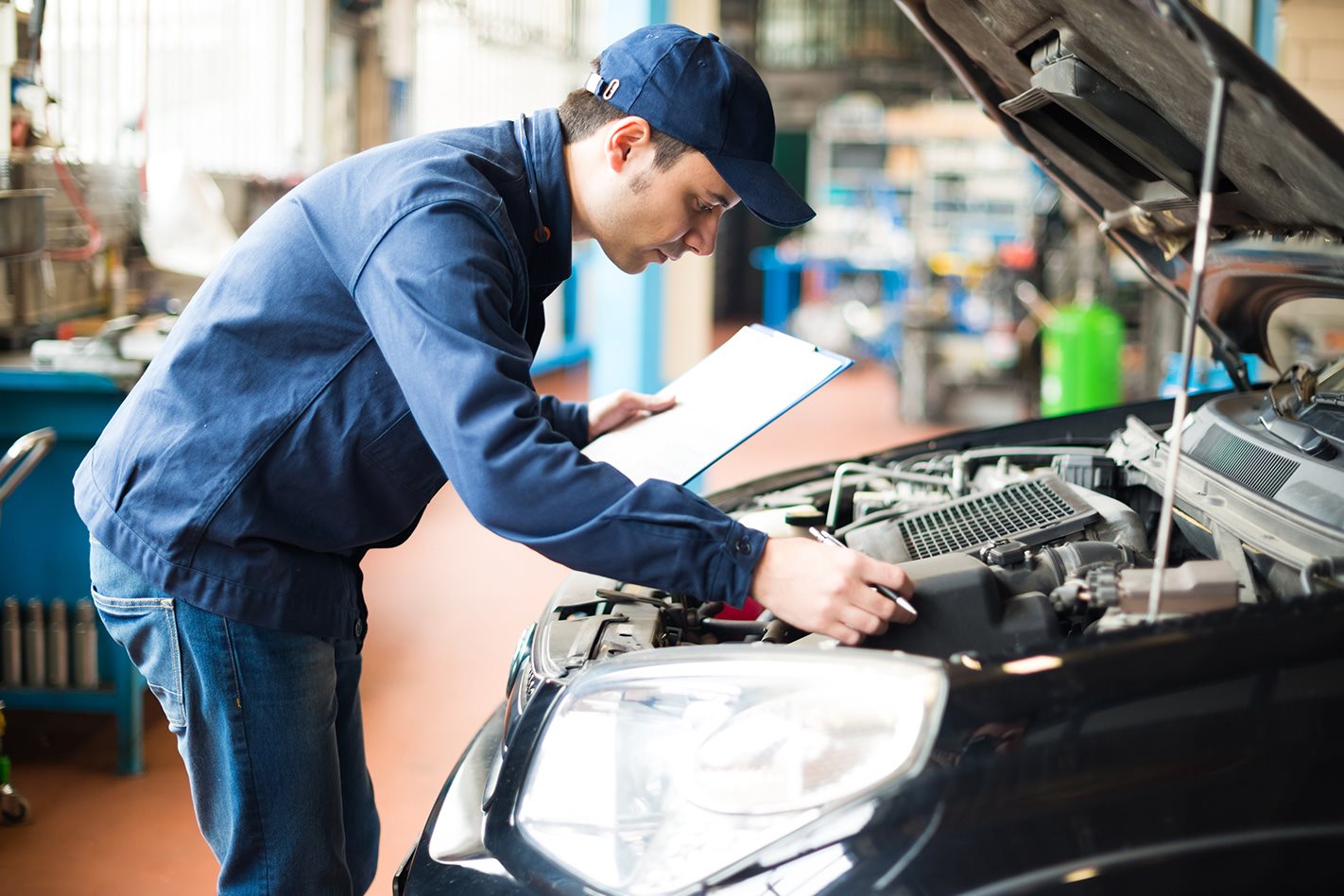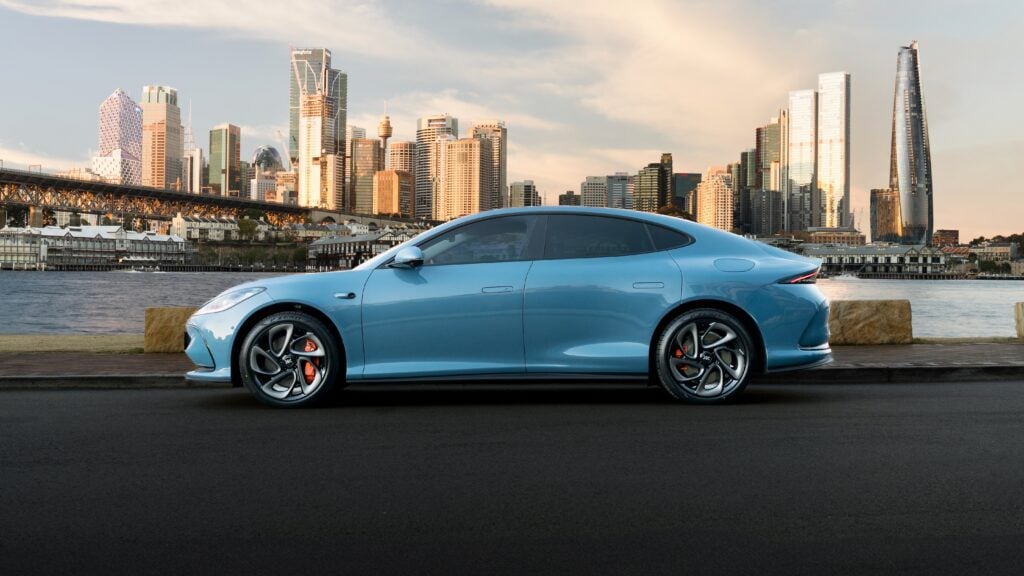
Neglecting to take your car in for a service can have costly consequences later down the track when something goes wrong.
Leaving your car at a service centre for a day may not be very convenient, but neither is breaking down on the side of a busy road or expensive repairs.
According to the RACQ, 48 per cent of Queenslanders don’t get their cars serviced regularly, which can lead to expensive defects.
Servicing your car will extend your engine life, reduce fuel consumption, increase the safety of your vehicle, prevent wearing of moving parts, maintains road worthiness and improves resale value.
Every manufacturer’s service recommendation differs, so how often should you actually be servicing your car?
Your logbook will outline the carmaker’s recommendation for your service schedule, including how often you need to get your car services, maintenance you can do yourself and when parts should be replaced.
As a rule of thumb, your car should be checked by a professional at least once or twice a year, or every 10,000kms or 15,000kms.
If you don’t know what to expect from a service, it’s easy to feel like you’re being ripped off and wonder if those service costs were really worth it.
Unfortunately, there’s no ‘one-size fits all’ when it comes to car servicing. Cost and regularity depends on your vehicle with variables including fuel type (petrol, diesel, electric) and drive type (AWD, FWD, RWD).
There are two types of services: a minor service or major service.
MINOR SERVICE
Which generally includes:
- Engine oil check and top-up
- Air and oil filter check
- Total car inspection (fluids, filters, belts, hoses and brakes)
- Tyre check and rotation
- Battery test
Which generally includes:
- All minor service inspections
- Engine check
- Lights check
- Spark plug replacement
- Air-conditioning filters check
- Brake fluid and brakes check
- Coolant flush
- Transmission service
- Wheel alignment
- Windscreen wiper replacement
- Suspension check
- Repack wheel bearings
- Full-vehicle inspection and correction of any issues
- Tuning if necessary
Inspection of newer cars will vary based on the logbook, so become familiar with the manufacturer’s recommendations and ask the service centre or mechanic for clear guidance on what they’ll be doing and why at your next service.



